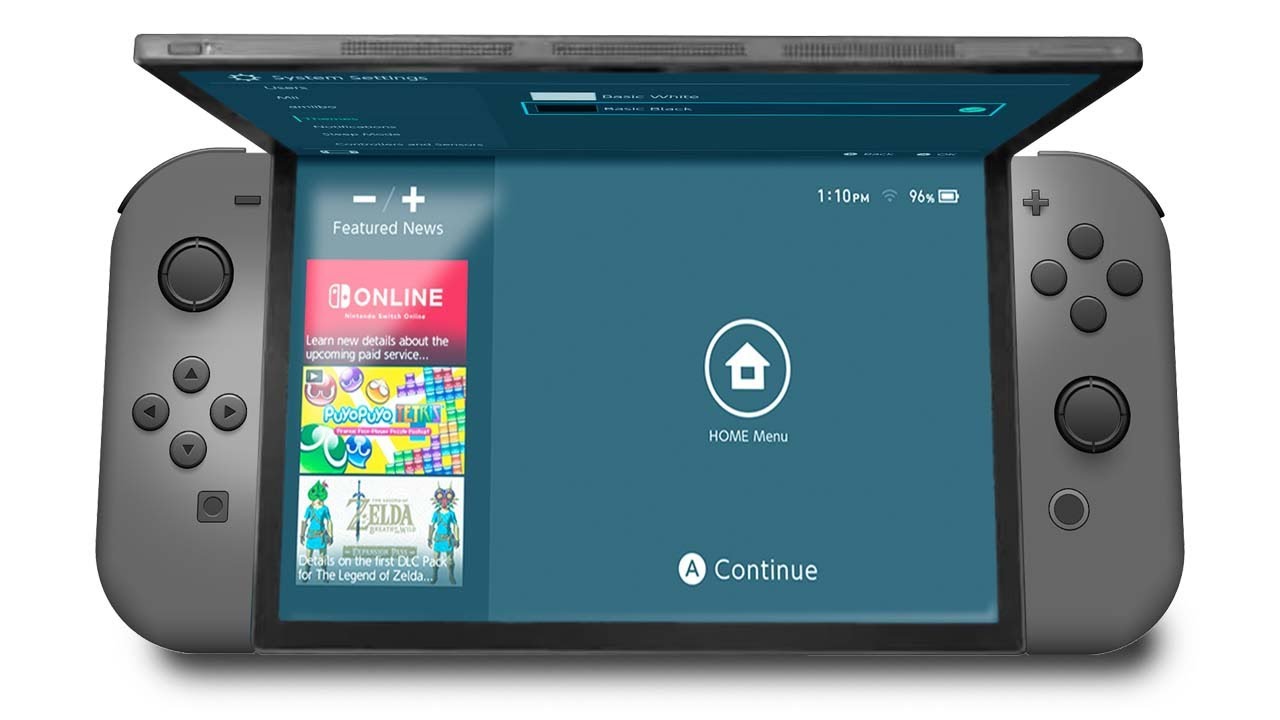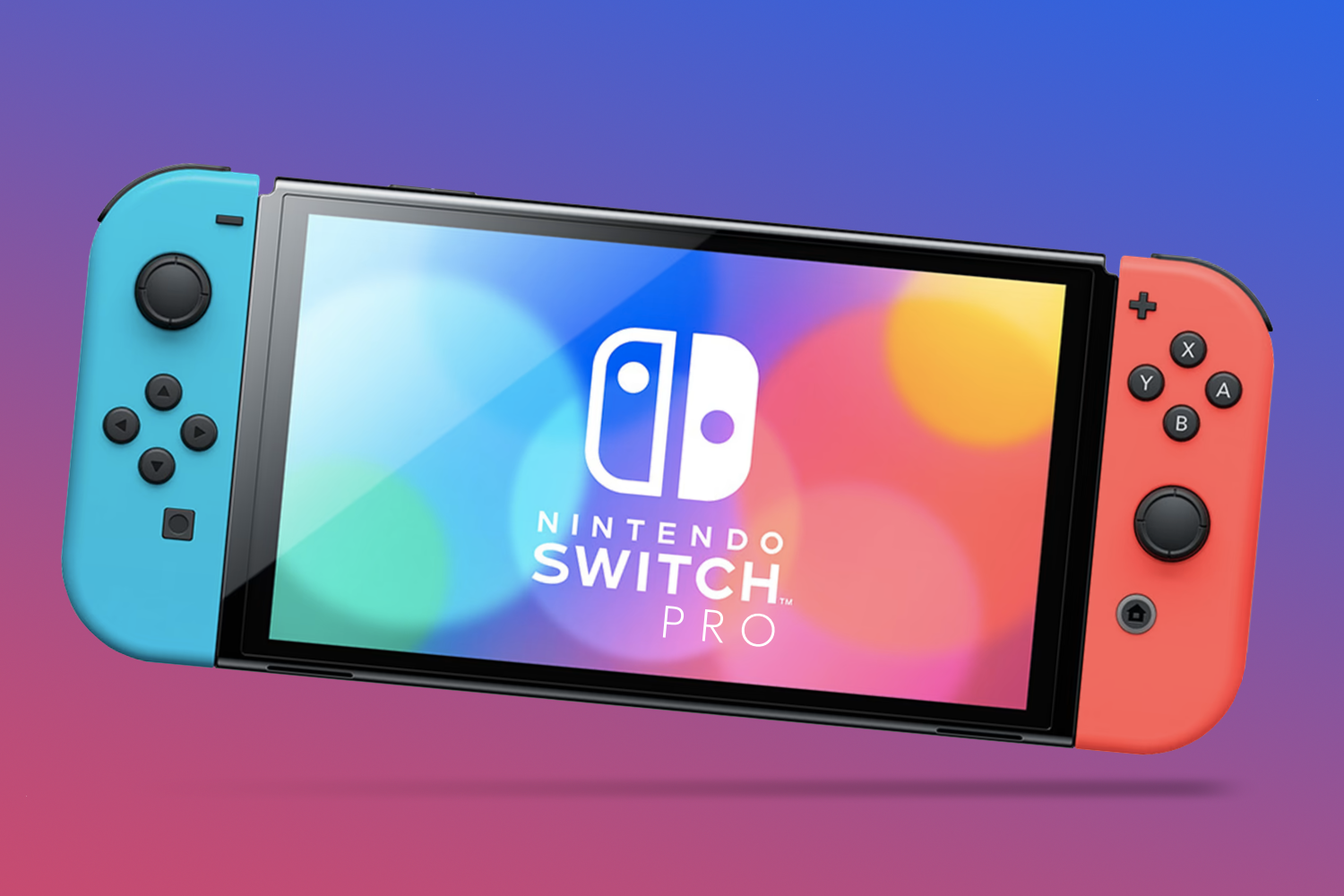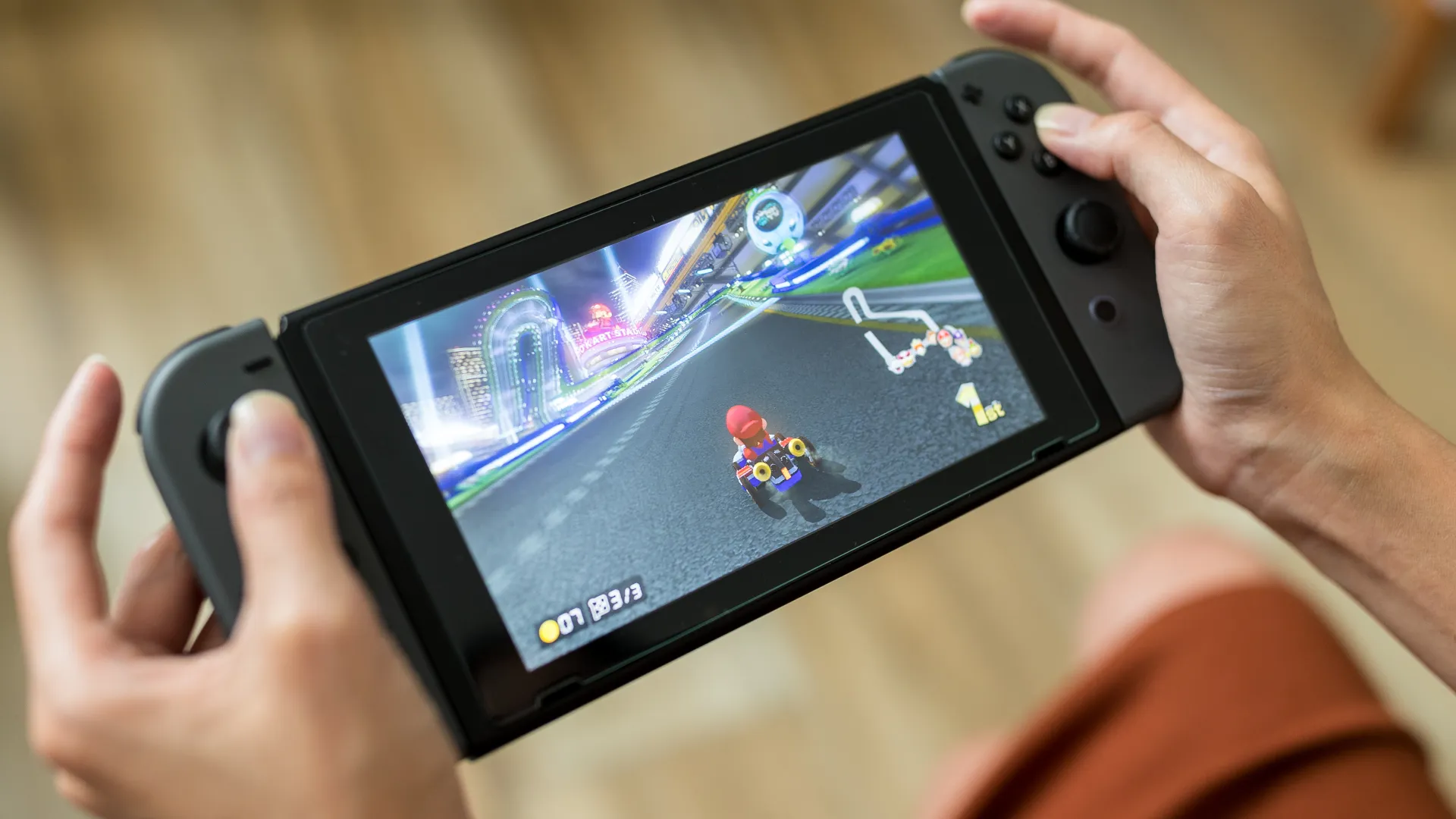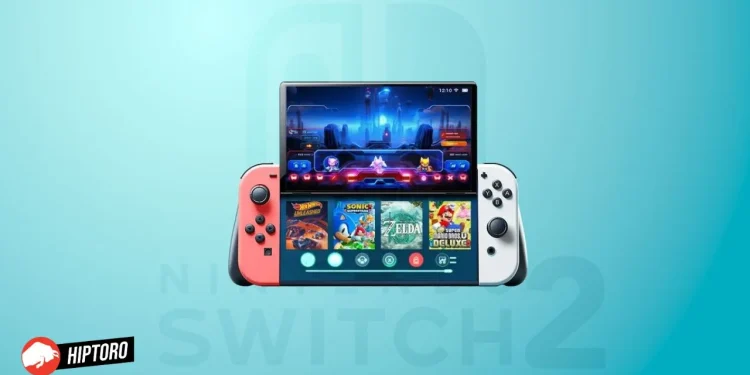Nintendo’s upcoming console, the Nintendo Switch 2, is stirring up the gaming community with its recent updates. Contrary to some ambitious expectations, the Switch 2 appears to be an evolutionary step rather than a revolutionary leap, a strategy that might be more beneficial than it first seems. This article delves into the reasons why this approach could signify a wise move for Nintendo, balancing the act of maintaining its unique position in the gaming market while addressing the technological demands of modern gaming.
The Philosophy Behind the Nintendo Switch 2: Evolution Over Revolution
The Nintendo Switch 2, according to recent insights, seems to be following a path of iterative development. This concept, as hinted by Dr. Serkan Toto of Kantan Games, suggests a console that retains the core design of its predecessor but adds necessary enhancements. This strategic choice, while potentially seen as overly cautious, actually aligns perfectly with consumer interests and market trends.

“…a Nintendo Switch 2 is likely to release at a $400 price point and ‘be an iteration rather than a revolution,’ sticking to the overall design of the current console while possibly adding some frills.” – Dr. Serkan Toto, Kantan Games
Nintendo has a history of opting out of the mid-generation upgrade race, a route taken by competitors Sony and Microsoft. Instead, the Switch 2 appears to be stepping in to fill the gap, enhancing what users already love about the original Switch. The focus seems to be on empowering the console to handle modern games more efficiently, a direct response to the gaming community’s feedback.
Graphics: The Crux of the Switch’s Challenge
One of the most critical areas for improvement in the Nintendo Switch has been its graphics capability. The original console, though revolutionary in its approach, has struggled with multi-platform releases, particularly as games become more graphically intensive. The Switch 2’s iterative approach could be the answer to this dilemma, offering a system that can handle such titles with greater ease, without compromising on the console’s unique selling points.

Balancing Portability with Home Gaming
A key aspect of the Nintendo Switch’s success has been its hybrid nature, balancing the needs of portable and home gaming. This balance is crucial for the Switch 2, which must maintain the appeal of its predecessor while offering technological enhancements. The challenge lies in upgrading the system without significantly hiking the price, which could alienate a significant portion of Nintendo’s audience, particularly casual gamers and families.
Nintendo Switch 2's Latest News + Super Smash Bros.'s Future!
More here: https://t.co/BTS67o48at pic.twitter.com/sJbb937RBy
— Nintendo Prime (@NintyPrime) October 30, 2023
The Potential of the Switch 2: More Than Just a Console
Looking beyond mere technical upgrades, the Nintendo Switch 2 has the potential to redefine the gaming experience once again. With reports of the console handling advanced rendering techniques like Nvidia DLSS, the Nintendo Switch 2 could offer a gaming experience comparable to its competitors, but within its unique portable framework. This capability, combined with a reasonable price point, could position the Switch 2 as an ideal choice for gamers looking for a blend of performance and flexibility.

A Step Forward, Not a Leap
In conclusion, while the Nintendo Switch 2 may not represent a groundbreaking shift in gaming technology, its iterative approach is a strategic move by Nintendo. This path not only addresses the immediate needs and expectations of the gaming community but also reinforces Nintendo’s unique position in the market. The Switch 2, by evolving from its predecessor while holding onto its essence, is set to offer a gaming experience that is both familiar and enhanced, a testament to Nintendo’s understanding of its audience and the gaming landscape. Fans are eagerly waiting for the release of the game.










